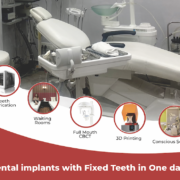We would like to take this opportunity to welcome you to the Royal Dental Clinic blog, where it is our goal to provide our readers with insightful information on dental procedures in an effort to educate and empower them. In this piece, we will examine a variety of dental procedures, such as teeth whitening, dental implants, braces, and root canals. We will walk you through each process step by step, guided by the knowledge of Dr. Chirag Chamria, an accomplished dentist. This will ensure that you are aware of what to anticipate during your visit to our clinic.
What are Dental Procedures?
Dental procedures refer to a range of treatments and interventions performed by dental professionals to diagnose, prevent, treat, or improve various oral health conditions and concerns. These procedures are designed to maintain the health and functionality of the teeth, gums, jaw, and other structures in the oral cavity. Dental procedures can be broadly categorized into several areas, including preventive, restorative, cosmetic, and surgical treatments.
Here’s an overview of these categories:
Preventive Procedures: These treatments concentrate on dental health and prevention. Regular dental checkups, professional teeth cleanings, fluoride treatments, dental sealants, and oral health education are routine. Preventive treatments identify problems early, decrease plaque accumulation, and lower the risk of cavities, gum disease, and other oral disorders.
Restorative Procedures: Restorative treatments fix broken, decaying, or missing teeth. Dental fillings, crowns, bridges, and dentures are common restorative procedures. Root canal treatment repairs pulp injury or infection.
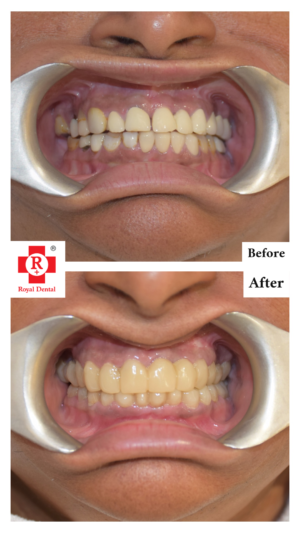
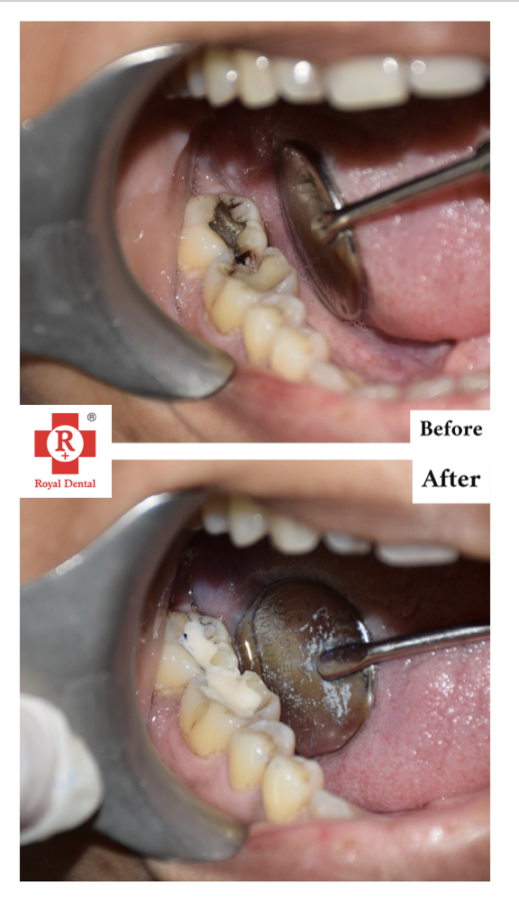
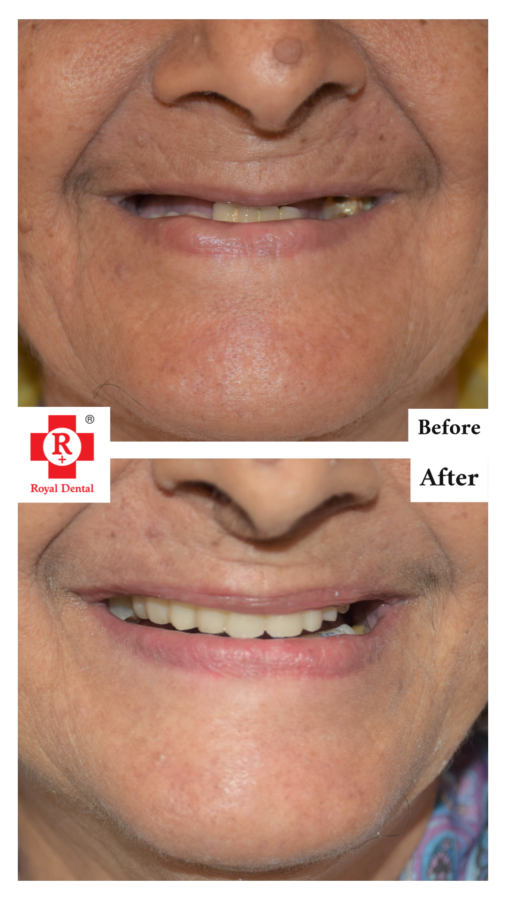
Cosmetic Procedures: Cosmetic dentistry improves teeth and smiles. These elective treatments improve aesthetics rather than dental health. Teeth whitening, veneers, bonding, and gum contouring are aesthetic treatments.
Orthodontic Procedures: Misaligned teeth and jaws are corrected through orthodontics. Braces are the most common orthodontic treatment, using brackets, wires, and occasionally elastic bands to progressively align teeth. Retainers and transparent aligners like Invisalign are other orthodontic alternatives.
Periodontal Procedures: These treatments tackle gum disorders and tooth support issues. Scaling and root planning, non-surgical periodontal treatments, thoroughly clean gums and tooth roots to eliminate plaque and calculus. In advanced situations, gum tissue restoration or bone grafting may need periodontal surgery.
Oral and Maxillofacial Surgery: Dental surgery involves the mouth, jaw, and face. It comprises tooth extraction, dental implant implantation, corrective jaw surgery, face trauma repair, and oral pathology therapy (cysts, tumors).
Teeth Whitening: Enhance Your Smile’s Radiance
Teeth whitening is a cosmetic dental procedure aimed at lightening the color of the teeth, making them appear brighter and more aesthetically pleasing. It is a popular treatment for individuals who wish to remove stains or discoloration from their teeth and achieve a whiter smile.
There are various methods and products available for teeth whitening, including:
In-office whitening: Dental professionals execute this. A laser or light activates a high-concentration bleaching gel on the teeth. One-visit in-office whitening generally yields visible results.
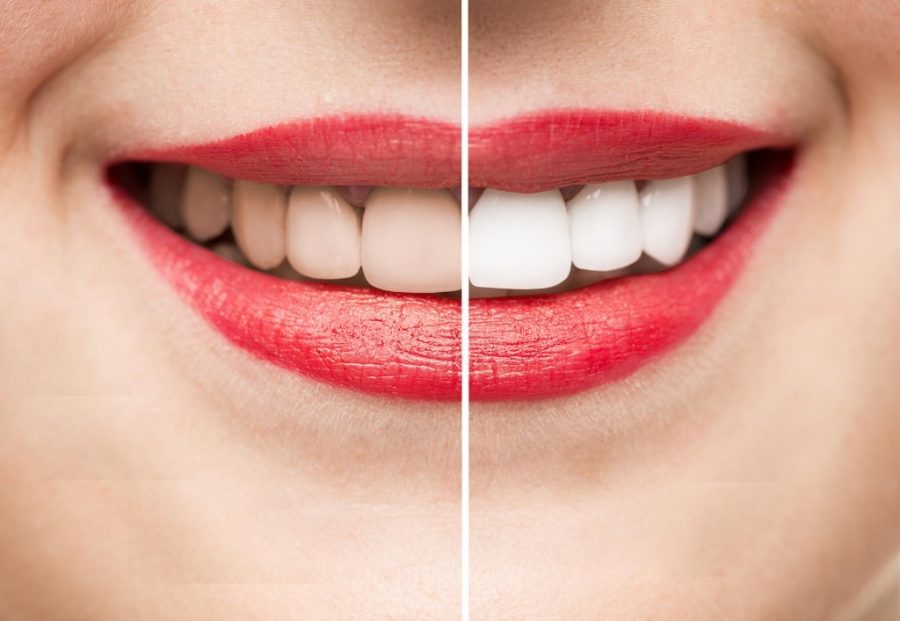

Take-home whitening kits: Dentists supply custom-fitted trays and a lower-concentration bleaching gel. For a few weeks, the patient fills the trays with gel and wears them over the teeth for a few hours or overnight. In-office whitening produces faster results than take-home kits.
Over-the-counter whitening products: Whitening toothpastes, strips, gels, and rinses are available over-the-counter. These products have less bleaching agent than professional treatments. They can remove small stains, but expert treatments are better for more serious damage.
What to expect during Teeth Whitening procedure?
Initial Examination: Dr. Chamria will inspect your teeth and gums before whitening to see whether you are a good candidate. Before starting therapy, he will check for dental concerns.
Shade Assessment: He may use a shade guide to determine the current color of your teeth and establish a baseline for comparison after the whitening treatment.
Pre-Treatment Cleaning: In some cases, a dental cleaning may be recommended prior to the whitening procedure. This involves removing plaque, tartar, and surface stains from your teeth to ensure better results from the whitening treatment.
Protection for Gums and Lips: To protect your gums and lips from the whitening agent, Dr. Chamria will apply a protective barrier or a gel. This helps prevent potential irritation or sensitivity during the procedure.
Application of Whitening Agent: He will whiten your teeth immediately. Hydrogen peroxide or carbamide peroxide gels or solutions remove tooth enamel stains and discolouration. The whitening agent may be administered by brush, syringe, or custom-fitted trays.
Monitoring and Reapplication: Depending on the product and outcomes, the whitening agent is kept on your teeth for 15–60 minutes. Dr. Chamria will monitor development and assure your comfort. To attain the appropriate whiteness, the whitening chemical may need to be administered many times throughout the session.
Dental Implants: Restoring Function and Aesthetics
Dental implants are a common and effective solution for replacing missing teeth. They are small titanium posts that are surgically placed into the jawbone to serve as artificial tooth roots. Dental implants provide a strong foundation for replacement teeth, such as crowns, bridges, or dentures.
Benefits of Dental Implants
Improved Appearance: Dental implants are designed to look and feel like natural teeth, enhancing your smile and facial appearance.
Enhanced Function: Implants restore the ability to bite and chew properly, allowing you to enjoy a wide range of foods.
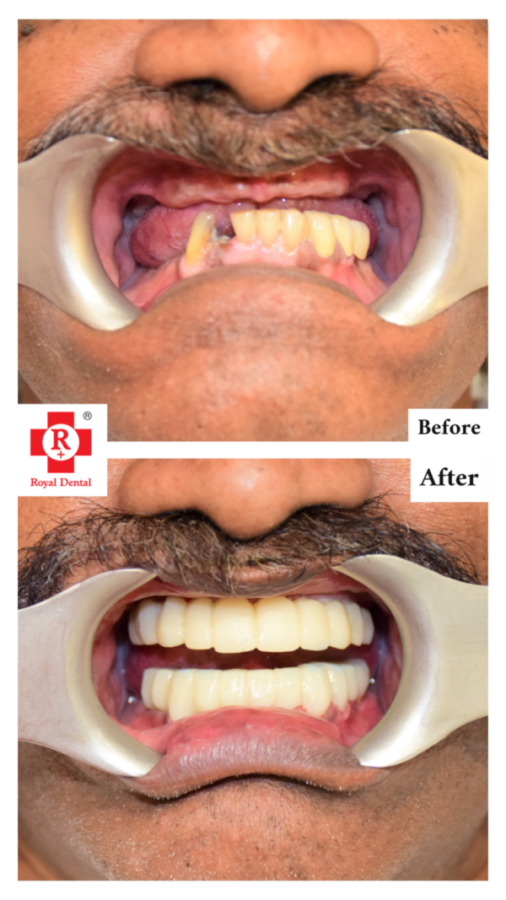
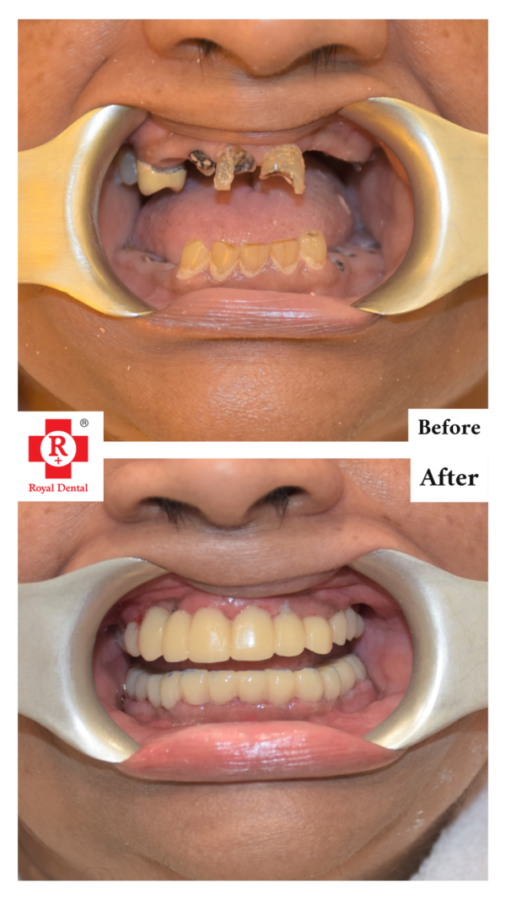
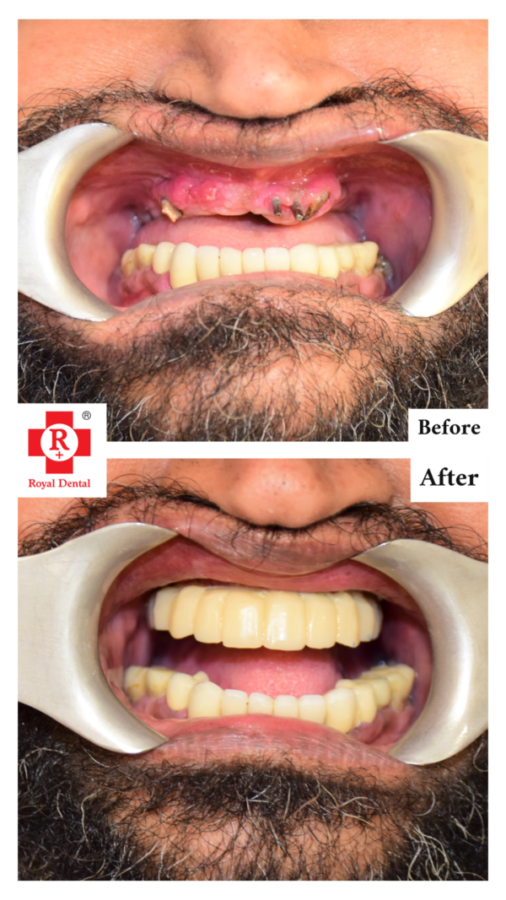
Durability: With proper care, dental implants can last for many years, providing a long-term solution for tooth replacement.
Preserved Jawbone: Implants stimulate the jawbone, helping to prevent bone loss and maintaining the facial structure.
Improved Speech: Dental implants restore your ability to speak clearly, as they eliminate the worry of dentures slipping or causing speech difficulties.
Convenience: Unlike removable dentures, dental implants are permanently fixed in the mouth and do not require any special adhesives or removal for cleaning.
What to expect during Dental Implant procedures?
Initial Consultation: Dr. Chamria consults first. He will examine your teeth, take X-rays or CT scans, and discuss your dental history. This consultation lets him determine your dental implant eligibility and create a customised treatment plan.
Treatment Planning: He will design a customised treatment plan after the consultation and examination. This plan specifies the amount of implants, implantation location, and any further treatments like bone grafting or tooth extraction.
Surgical Placement of Implants:
- Anesthesia: He will numb the implant site with local anaesthesia on implant day. Complex situations or dental anxiety may need sedation or full anaesthesia.
- Incision and Implant Placement: He will cut the gums to reveal the jawbone. He will then gently drill a hole in the bone and put the titanium post dental implant into the jawbone. Then place a dental crown or bridge over it.
Placement of Abutment: After osseointegration, a small surgery places an abutment. The abutment, a little connection above the gumline, attaches the dental restoration.
Impressions and Fabrication of Dental Restoration: Dr. Chamria will take tooth and gum imprints after placing the abutment. These imprints are used to make a bespoke crown, bridge, or denture.
Placement of Dental Restoration: The abutment will receive the dental restoration. He will make sure the restoration fits, matches your teeth, and is comfortable. Adjustments will attain the aim.
Follow-up Care: Follow-up consultations to assess dental implant recovery and wellness. To prolong implant life, Dr. Chamria advises on oral hygiene. Maintaining your teeth and gums requires regular dental checkups.
Braces: Straightening Teeth Dental Procedures
Orthodontic braces are specialised devices that are used to align and straighten teeth, improve bite alignment, and promote optimal oral health. They apply gentle, constant pressure to the teeth, gradually moving them into the proper position over time.
Types of Braces:
Traditional Metal Braces: High-grade stainless steel braces are the most frequent. They have metal brackets glued to the front of the teeth, arch wires, and elastic bands.
Ceramic Braces: Ceramic braces are metal braces with tooth-colored or transparent ceramic brackets. This hides and beautifies them. Ceramic braces may be discreet with tooth-colored wires or clear aligners.
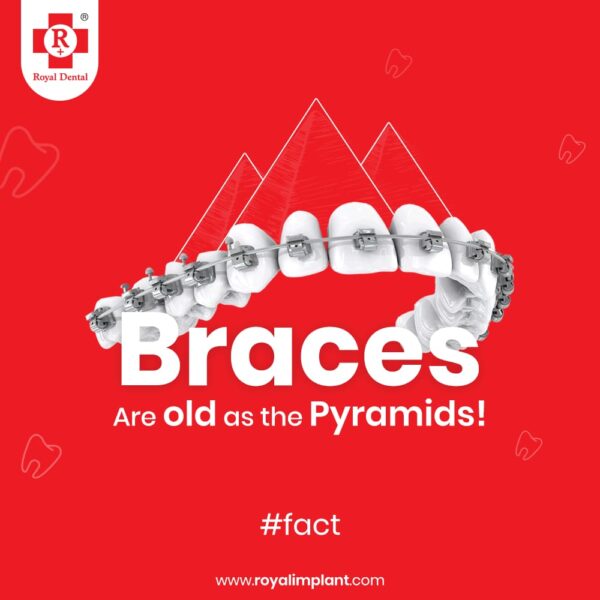

Lingual Braces: Lingual braces are put on the backs of teeth, making them almost undetectable. Custom braces and wires align teeth gradually. Lingual braces cost more and need training.
Clear Aligners: Invisalign is a popular braces alternative. Custom-made, removable transparent plastic trays progressively straighten teeth.
What to expect during Braces dental procedures?
Initial Consultation: The process begins with an initial consultation with Dr. Chamria. He will examine your teeth, jaw, and facial structure, and discuss your goals and concerns. X-rays, photographs, and impressions may be taken to create a treatment plan.
Treatment Planning: He provides customised treatment plans based on evaluations. This plan lists the concerns to be addressed, appropriate braces, projected treatment period, and cost.
Braces Placement: Dr. Chamria will clean and prepare your teeth before the implantation procedure. Tiny separators between teeth may accept brackets. Teeth-glued brackets thread arch wires.
Adjustment Visits: Adjustment appointments will occur during therapy. During these appointments, he may need to change your brackets and arch wires. These adjustments gently shift teeth.
Oral Hygiene and Care: Orthodontic therapy requires proper dental hygiene. Brush and floss carefully around brackets and cables. He will offer advice and tools for keeping your teeth clean and healthy.
Progress Monitoring: Regular check-ups will track your improvement. He will then modify treatment according to the tooth’s reaction.
Completion and Retention: Braces are removed after teeth alignment. Retainers may assist keep teeth aligned. To avoid tooth movement regression, follow our retainer recommendations.
Root Canals: Saving Your Natural Tooth
Root canal therapy, commonly known as endodontic treatment, treats diseased or injured tooth pulp. The tooth pulp is the soft tissue inside the tooth that contains nerves, blood vessels, and connective tissue. When the pulp becomes infected or inflamed, typically due to deep decay, a cracked tooth, repeated dental procedures, or trauma, a root canal is often necessary to save the tooth and alleviate pain.
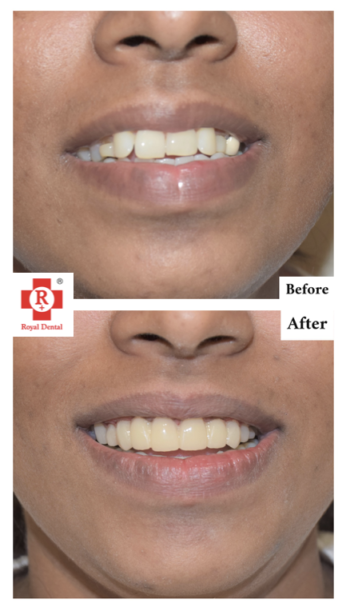

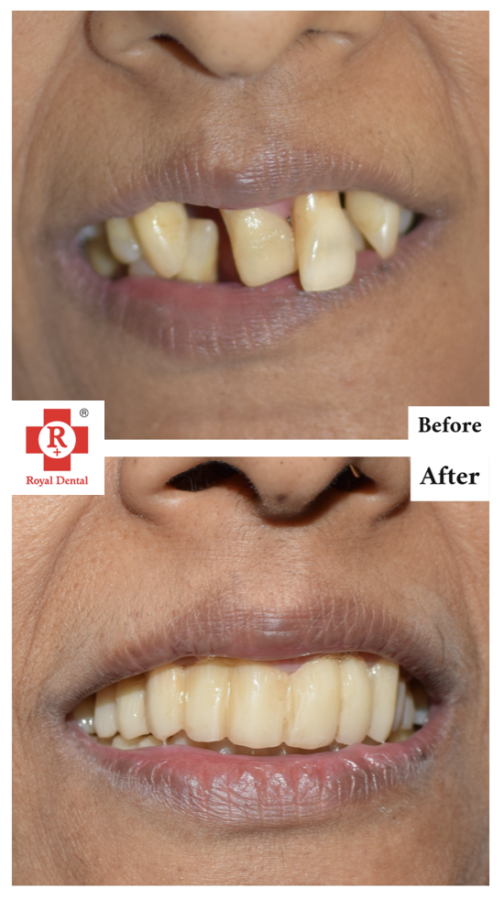
What to expect during Root Canals procedures?
Diagnosis and Treatment Planning: Root canal diagnostic first. To diagnose illness or damage, he will examine your teeth, symptoms, and maybe take X-rays. The examination determines root drills and other treatments.
Anesthesia: Local anaesthesia numbs the tooth region. This promotes comfort throughout the process. Dr. Chamria may give extra sedation for dental anxiety.
Accessing the Tooth: After numbing, he will isolate and dry the teeth using a rubber dam. This prevents the contamination of saliva. Then will access the pulp chamber and root canals through a small opening in the crown.
Removing the Infected Pulp: He delicately remove diseased or inflammatory pulp from the tooth using files. Then he will clean and shape the root canals to remove any diseased tissue. Antimicrobials clean root canals.
Filling and Sealing the Canals: Gutta-percha, a biocompatible substance, fills the root canals after cleaning and shaping. Gutta-percha seals canals to avoid recontamination. He can use an interim infill to close the access hole until we can perform a permanent repair.
Restoring the Tooth: Dr. Chamria will assess tooth structure after the root canal. Crowns or fillings may fix teeth. Tooth damage determines restoration type.
Follow-up Care: After a root canal, follow the dentist’s care and maintenance guidelines. Antibiotics or painkillers may be provided for infection prevention or discomfort. To guarantee optimal healing and tooth health, follow-up sessions are necessary.
Conclusion
At Royal Dental Clinic, our priority is to provide exceptional dental care and educate our patients about various dental procedures. We hope this comprehensive guide has shed light on the step-by-step process of teeth whitening, dental implants, braces, and root canals. Dr. Chirag Chamria and our dedicated team are here to support you, answering any questions you may have and ensuring your experience is comfortable and rewarding. Taking care of your teeth and gums is an investment in your appearance and your health. Schedule an appointment with us today and embark on your journey to optimal dental health.
© All rights reserved by Royal Dental Implants Pvt Ltd
Issued in public interest


